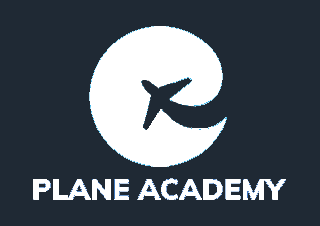Boosting MPL Pilots’ Employability
Levelling the playing field to enable Multi-Crew Pilot Licence holders to compete in the toughest pilot jobs market ever.
As redundant Multi-Crew Pilot Licence (MPL) holders, things can look even more bleak than for our traditionally qualified redundant colleagues. This article seeks to help redundant MPL holders become more employable; it discusses how we can educate the airline industry, lobby regulators and make our skills more marketable by converting our licences to Commercial Pilot Licences (CPLs) as a last resort. It does not teach how to write a CV, nor does it make predictions about when the recovery will come! The pandemic has cost us our careers but it need not cost us our mental health, relationships or identities; if you are struggling with any of these, seek professional help or at least reach out to a friend.
For those unfamiliar with the MPL, it’s a modern (about 15 years old) professional pilot licence. The traditional alternative is the Frozen Airline Transport Pilot Licence (fATPL), which is actually the CPL with an assortment of bolt-on ‘ratings’. Both licences require identical written exams and are still available to acquire. The two licences offer identical privileges on large two-pilot passenger jets, ie. flying as a First Officer, but they arrive at this outcome through very different training programmes. MPL cadets spend about 70 hours in small propeller aeroplanes before spending c.170 hours in a large jet simulator, whereas fATPL cadets spend c.200 hours in the 2-4 seat aircraft and c.40 hours in the simulator. Both groups go on to fly at least 6 take offs and landings in the real jet before following identical programmes of on-the-job training, flying real passengers beside particularly experienced captains and safety pilots. Naturally there is debate over which cohort emerges the more proficient, pitting familiarity with the jet’s systems gained in its simulator, against raw flying ability (stick and rudder skill) gained in light aircraft. Authorities are clearly contented that both cohorts graduate as sufficiently safe operators. Most MPL courses do not grant the right to fly friends in light aircraft despite holders routinely flying 180+ passengers several thousand miles around Europe. If the licence holder so desires, they can complete a short top-up course at their local flying club and fly friends on camping trips until they run out of money! In normal times, this would be the end of our story… But then there was COVID.
There was a great webinar organised by some former managers of a large UK integrated flying school which explains in detail what to do if you find yourself in this position. The key takeaway message from this webinar was that there now exists a mechanism to complete your MPL licence skills test and get a licence issued despite not having completed base training. This protects your ground exams from expiring and just limits your type rating to above 20,000′ until you complete base training. An admirably pragmatic and elegant solution to a problem that could have led to scores of cadets never flying again. The MPL community owe a vote of thanks to the regulators and those who lobbied to make this happen.
There have been assertions throughout the MPL’s history that it does not offer sufficient protection to licensees during downturns. There was once a time that MPL holders were tied to their original employer and couldn’t switch without the authority’s blessing. Happily those days are gone, however redundant MPL holders today still suffer three disadvantages in the labour market when compared to traditionally licensed (and equally tragically redundant) colleagues:
- The MPL not being understood by employers
- The MPL not being respected by employers
- The MPL being restricted to aircraft required to be operated multi-crew
A number of MPL holders were recently sent home from an airline assessment centre when it became clear that they did not hold CPLs. According to the authority, airlines are learning about the MPL; surely 15 years is long enough to expect full understanding, however small our number. Perhaps this is evidence of an airline instead just not agreeing that the MPL demonstrates skill equivalent to the fATPL; their prerogative, however incorrect. Perhaps the airline didn’t understand or was unwilling to invest in the implementation of some other bureaucratic requirement of employing MPL holders. If any of these hypotheses are correct, we must lobby our authorities to support airlines to fulfil whatever requirements there may be and to inspire confidence in us as safe operators. In the UK you can email the authority at FCLWeb@CAA.co.uk and find your MP’s contact details here: members.parliament.uk/members/Commons. You might tell them that:
‘were the authority/state to do some or all of the following, it would afford many redundant MPL holders the chance to rejoin the workforce:
- Educate airlines as to the equivalence of the skill demonstrated by either licence
- Educate airlines as to the requirement or otherwise to mention the MPL in their approved manuals before employing MPL holders
- Award all MPL holders traditional commercial pilot licences, albeit with a multi-pilot restriction
- Require multi-crew airlines to accept the MPL.’
The MPL being restricted to aircraft required to be operated multi-crew is normally irrelevant for most holders. In a downturn with very few airline jobs, however, general aviation (GA) looks attractive. There is significantly more instructing, survey, and air taxi work available than airline flying, and the MPL can be converted to enable us to apply for these jobs surprisingly easily.
MPL holders in the UK have recently been advised not to complete expensive CPL conversion training in order to obtain flying jobs on multi-crew aircraft; they were rightly informed that the conversion course was never intended for this purpose. That said, the conversion training does enable pilots to apply to airlines that still don’t accept the MPL, so putting us on a level playing field with our traditionally licensed colleagues. While it seems unjust, especially when applying to airlines to fly the same aircraft you were flying competently pre-pandemic on your MPL, converting to a CPL may well boost your employability significantly. The hardest part is understanding the requirements and educating your selected training provider!
The above remarks are written on most MPLs and provide a great starting point for getting your head around the conversion rules. FCL.405.A(b)(2) provides a clear pathway to getting a CPL. FCL.405.A(c) provides a less clear pathway to getting a single pilot instrument rating (IR). After more than two months waiting for an answer to a question clarifying the vagueness of the phrase ‘completed the training necessary’, this IR pathway is now clear too.
It is worth noting that full ATPL holders who have ‘unfrozen’ their MPLs are still subject to multi-crew limitations of the MPL due to FCL.505.A ATPL(A) – Restriction of privileges for pilots previously holding an MPL.
When the holder of an ATPL(A) has previously held only an MPL, the privileges of the licence shall be restricted to multi-pilot operations, unless the holder has complied with FCL.405.A(b)(2) and (c) for single-pilot operations.
The requirements mentioned above are in: FCL.405.A MPL – Privileges
(b) The holder of an MPL may obtain the extra privileges of:
(2) a CPL(A), provided that the requirements specified in FCL.325.A are met.
(c) The holder of an MPL shall have the privileges of his/her IR(A) limited to aeroplanes required to be operated with a co-pilot. The privileges of the IR(A) may be extended to single-pilot operations in aeroplanes, provided that the licence holder has completed the training necessary to act as PIC in single-pilot operations exercised solely by reference to instruments and passed the skill test of the IR(A) as a single-pilot.
FCL.325.A leads you to: CPL(A) – Specific conditions for MPL holders
Before exercising the privileges of a CPL(A), the holder of an MPL shall have completed in aeroplanes:
(a) 70 hours of flight time:
(1) as PIC; or
(2) made up of at least 10 hours as PIC and the additional flight time as PIC under supervision (PICUS). Of these 70 hours, 20 shall be of VFR cross-country flight time as PIC, or cross-country flight time made up of at least 10 hours as PIC and 10 hours as PICUS. This shall include a VFR crosscountry flight of at least 540 km (300 NM) in the course of which full-stop landings at two different aerodromes shall be flown as PIC;
(b) the elements of the CPL(A) modular course as specified in paragraphs 10(a) and 11 of Appendix 3, E to this Part; and
(c) the CPL(A) skill test, in accordance with FCL.320.
Note that it doesn’t mention 10(b), which means that they don’t require the night rating. Paragraphs 10(a) and 11 of Appendix 3, E lead you to:
10. (a) Applicants with a valid IR shall be given at least 15 hours dual visual flight instruction.
11. At least 5 hours of the flight instruction shall be carried out in an aeroplane certificated for the carriage of at least 4 persons and have a variable pitch propeller and retractable landing gear.
This is just the normal 15-hour modular CPL course with a skills test booked through the CAA. Any CPL modular school can offer it. You can see there are generous reductions to the normal hours prerequisites for MPL holders, allowing PICUS (airline or non-airline) time to be used. Unless you happen to have previously completed a VFR 300nm qualifying cross-country (QXC) flight, you will need to do that too; note that airline flying doesn’t count in this case. The CPL conversion also helps you meet the prerequisites of the flight instructor rating. Reading FCL.915.FI you will notice that while PPL holders need 150 hours PIC, CPL holders do not. PICUS doesn’t count. The MPL isn’t mentioned (of course!).
In the case of the IR, ‘completed the training necessary’ means training as required (to pass the test), with an air training organization (ATO), ie. not the far more onerous Competency Based IR (CBIR). This could mean as little as no training at all! ‘…passed the skill test of the IR(A) as a single-pilot, means the normal IR initial skills test booked through the CAA. If you want your single-pilot (SP) IR to be multi-engine, you can’t rely on the fact you already have a multi-engine (ME) type rating, you need to do the IR test on a multi-engine aircraft. If you ever want to renew/revalidate your new SP ME IR, you’ll need a class/type rating on an appropriate aircraft. This could be a new high-performance (HP) SP ME complex jet type rating if you only ever renew/revalidate your SP ME IR at the same time as your annual LPC, but it’s much more likely that you’ll need a multi-engine piston (MEP) class rating.
If you need the MEP rating (which you don’t get on most MPL courses), you have to do the full 6 hour course plus the test with a local examiner just like anyone else. If you are going to need it anyway, it might make sense to do this course before the SP ME IR, maximizing familiarity with the aircraft before the IR skills test. You must have 70 hours PIC before getting an MEP or a SP ME HP complex jet type rating, PICUS doesn’t count. Being that you only do about 19 hours PIC on an MPL course, you may well have to hour build to get this.
If you are fortunate enough to get an SP ME HP complex jet type rating opportunity, you must complete a 3 hour Advanced Upset Prevention and Recovery Training (UPRT) course on a real aircraft as detailed in FCL.745.A. If you are a recent MPL graduate, you will have done this as part of your course. Your school can issue a certificate retrospectively if need be.
And that’s it! If any of this has been useful, please share it with everyone you know who has or is working towards an MPL, or who has an MPL-derived ATPL. Together we can become as employable as our CPL/ATPL holding colleagues. Surely we deserve that.
Fly safe
Please get in touch if you spot an error or have questions. Opinions are the author’s own. This article considers UK regulation and interpretation but likely mostly applies to EASA too. It will go out of date as rules change. Do your own research before paying for training and ask the authority about your individual requirements in good time. The author has completed the CPL conversion training mentioned, in a desperate attempt to find work!
